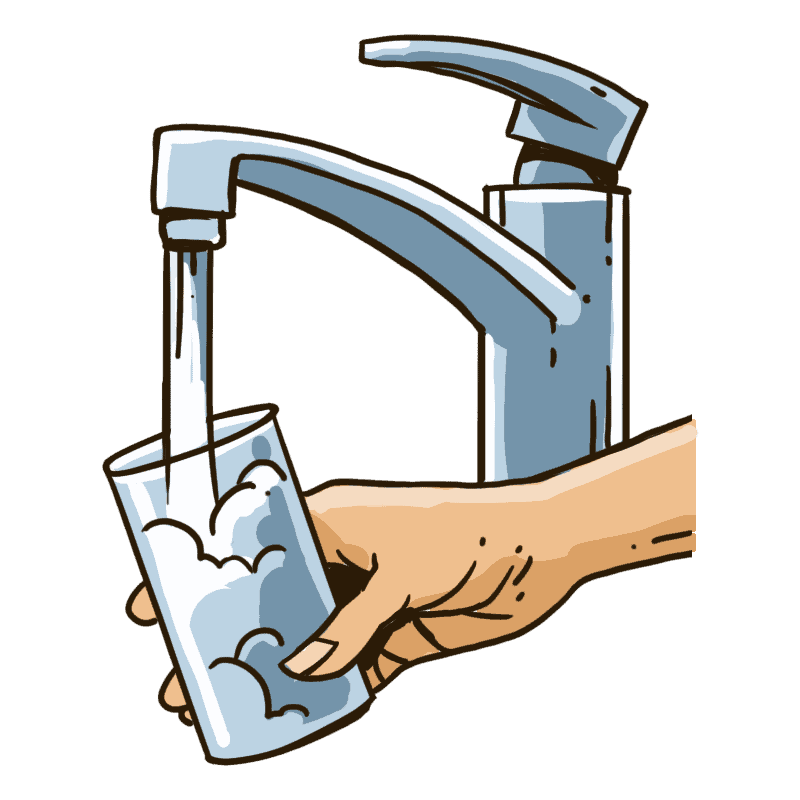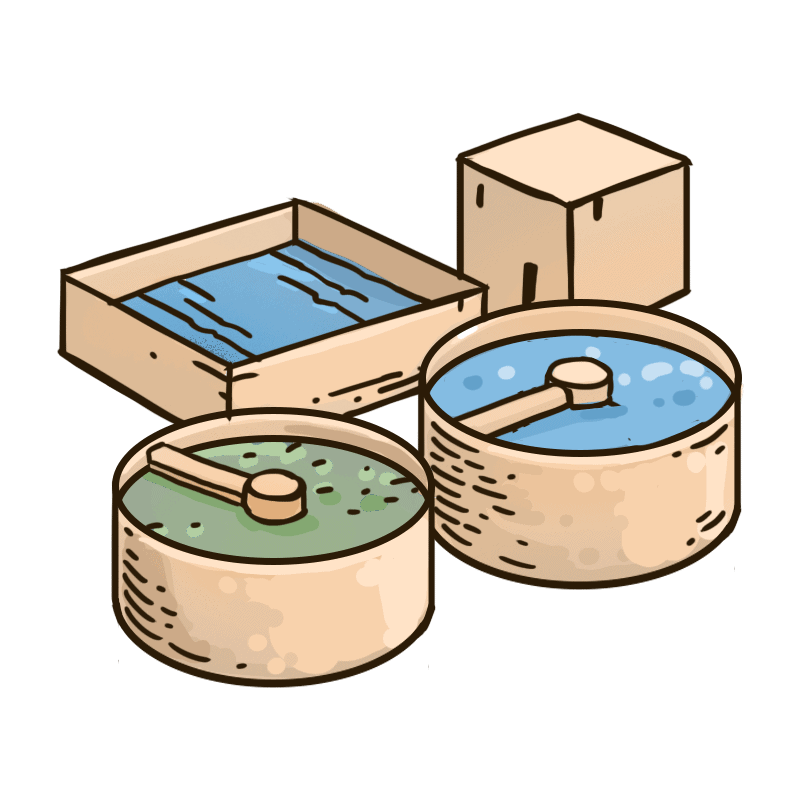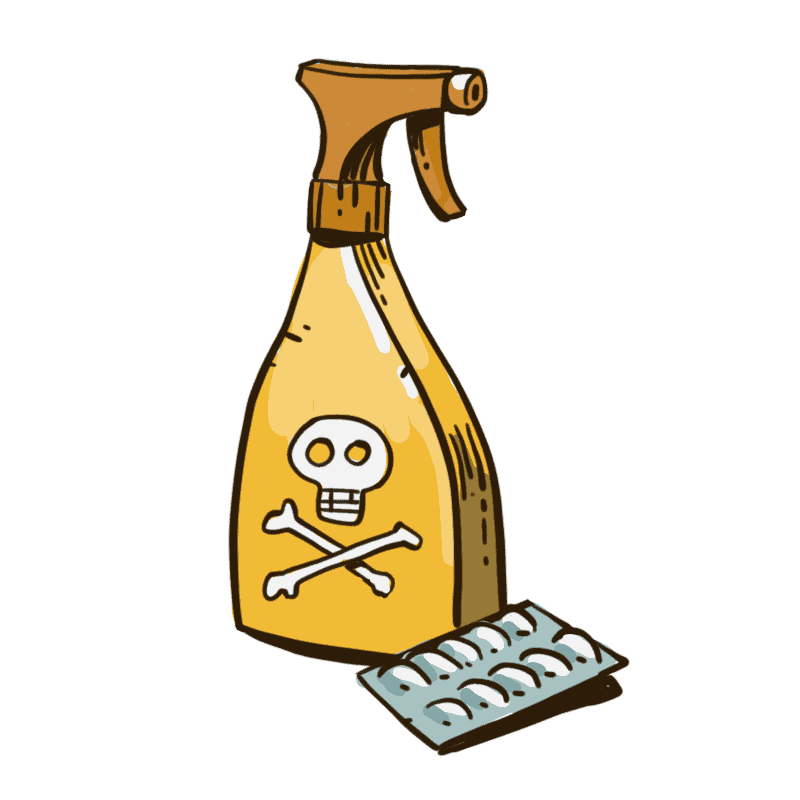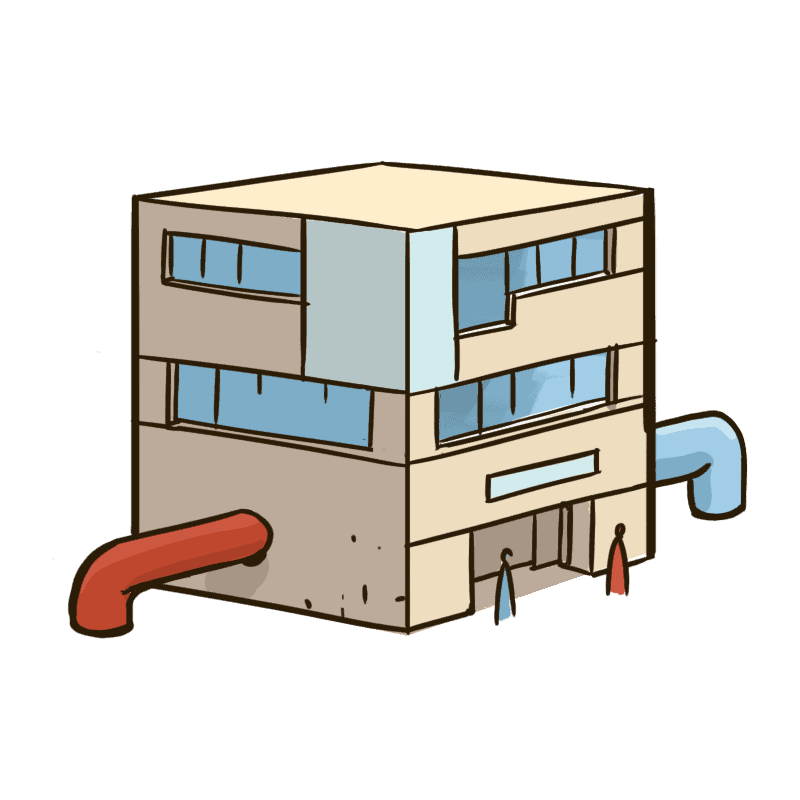CIPEL's 4th action plan is structured around three main strategic axes, 12 themes and 29 actions

ACTION PLAN 2021-2030
Technical actions are just a click away:
- Document the impact of nautical activities on the coastline
- Create an exchange platform for monitoring drinking water quality and treatment
- Continue and strengthen communication with users on the consequences of climate change
- Promote urban water management and the fight against sealing and chronic pollution
- Promote harmonized monitoring of wastewater discharges in wet weather and set targets for limiting such discharges.
- Develop coordinated cross-border action to reduce the discharge of micropollutants from urban and industrial wastewater.
- Establish an overall management strategy for exogenous and undesirable species of flora and fauna
- Enhance knowledge and encourage the exchange of best practices between agricultural players to promote agriculture that respects water quality.
- Sharing actions to reduce the presence of drug residues in aquatic environments
- Publicize the results of micropollutant monitoring and risk reduction measures
- Set up a monitoring system for thermal installations
- Establish an overview of the progress of riverbank renaturation work and draw up recommendations
- Continued communication on the state and importance of natural environments

Recreational water sports and bathing water
THE IMPACT OF BOATING ACTIVITIES ON THE COAST
Demand for recreational space and leisure activities interfacing with natural environments is constantly expanding, and aquatic environments, and Lake Geneva in particular, are no exception. These activities generate varying degrees of disturbance to aquatic ecosystems.
The long-term challenge for CIPEL is to communicate effectively on the potential negative impacts of nautical activities on natural aquatic environments, and to propose tools and measures aimed at reducing these impacts.
Drinking water resources
A PLATFORM FOR EXCHANGES ON MONITORING THE QUALITY AND TREATMENT OF DRINKING WATER
Nearly a million people live along the shores of Lake Geneva, which supplies them with drinking water. The various players involved in monitoring the resource and drinking water are constantly striving to adapt monitoring to new analytical techniques and improved knowledge of pressures.
At present, there is no body or platform to act as a relay between the research carried out on lake waters and the water producers/distributors who might be interested in research developments. CIPEL therefore wishes to develop and promote the exchange of information and know-how on analysis techniques and substances (which may be present), with water distributors and the Swiss and French health authorities, by creating a collaborative platform.
Climate change
CONTINUING AND STRENGTHENING COMMUNICATION WITH USERS ON THE CONSEQUENCES OF CLIMATE CHANGE
Several changes in the operating conditions of the lake ecosystem are due, to varying degrees and more or less directly, to climate change. On the one hand, these evolutions lead to the implementation of adaptation or protection/preservation measures for the services provided by the ecosystem, and on the other, possibly to changes in the way the lake is perceived.
If these adaptation measures are to be successful, they must be taken on board by the users of the services provided by the ecosystem. It is therefore essential to explain them upstream, and to gather users' opinions on their implementation.
Rainwater
PROMOTE URBAN WATER MANAGEMENT AND THE FIGHT AGAINST SEALING AND CHRONIC POLLUTION
In urban areas, runoff is often channeled through a network of pipes before being discharged into the receiving environment. Stormwater can carry contaminants, accumulated pollution from surfaces or pollution from sewer systems. Stormwater discharges can also cause significant disruption to the hydrological regime of receiving watercourses.
In recent urban contexts, so-called "at-source" stormwater management is widely encouraged, as it is seen both as a relevant solution to the potential shortcomings of centralized wastewater systems and as a means of reducing the effects of development on the water cycle.
Waste water
PROMOTE A HARMONIZED APPROACH TO MONITORING WASTEWATER DISCHARGES IN WET WEATHER, AND SET TARGETS FOR LIMITING SUCH DISCHARGES
To compensate for the inadequacy of wastewater transport networks during intense rainfall events, specific arrangements are made so that, in the event of overloading due to parasitic clear water, a proportion of the water can be discharged out of the pipes. The wastewater discharged into waterways, either directly or after a simple screening process or even a settling tank, represents a significant source of pollution for the natural environment.
They are estimated to account for around 10% of the total loads discharged by collective wastewater systems, but the data remains incomplete. The survey of 116 wastewater treatment plants in the Lake Geneva catchment area carried out by CIPEL in 2015-2016 highlights the significant proportion of overflows that have no discharge monitoring system.
Waste water
DEVELOP COORDINATED CROSS-BORDER ACTION TO REDUCE THE DISCHARGE OF MICROPOLLUTANTS FROM URBAN AND INDUSTRIAL WASTEWATER
Micropollutants are substances which, even in very low concentrations, can have harmful effects on aquatic organisms and living organisms in general. Within the perimeter of public sewers, the main sources of micropollutants in wastewater are households, care centers, crafts, industries, roads and road outbuildings when connected.
Micropollutants in wastewater are difficult to break down, and in most cases pass through the treatment plant as they are, or end up in the water via storm overflows. They can also come from diffuse sources.
Exogenous and invasive flora and fauna
ESTABLISH A GLOBAL MANAGEMENT STRATEGY FOR EXOGENOUS AND UNDESIRABLE SPECIES OF FLORA AND FAUNA
The number of non-native species colonizing aquatic environments is constantly increasing. These species are expanding at the expense of native biodiversity. Damage caused by invasive alien species is on the increase.
Measures are needed to limit the spread of invasive and/or undesirable exotic species, or even eradicate them locally when this is reasonably realistic.
Micropollutants
ENHANCE KNOWLEDGE AND ENCOURAGE THE EXCHANGE OF BEST PRACTICES BETWEEN AGRICULTURAL PLAYERS TO PROMOTE AGRICULTURE THAT RESPECTS WATER QUALITY
Phytopharmaceutical products used to protect crops in the Lake Geneva basin are likely to end up in water, sediment and fish, presenting a risk to humans and the environment, even at low concentrations. Monitoring of the waters of Lake Geneva shows that many chemical substances are detectable, sometimes in non-negligible quantities.
The actions undertaken by CIPEL stakeholders, notably to reduce the use of phytopharmaceutical products, to develop organic farming and agro-ecology and to ensure the implementation of the best available techniques, bear witness to the efforts made to limit the transfer of micropollutants from agriculture to the natural environment. These actions must be continued, reinforced and optimized.
Micropollutants
SHARE ACTIONS TO REDUCE THE PRESENCE OF DRUG RESIDUES IN AQUATIC ENVIRONMENTS
Active pharmaceutical ingredients affect, among other things, the reproductive function of fish and amphibians, as well as animal behavior. To date, however, there are no reference values that would enable us to estimate their impact in concrete terms. However, their presence in the environment is undesirable, particularly in waters used as drinking water supplies, such as those of Lake Geneva. The presence and impact of active ingredients in water are, however, little known to the general public.
CIPEL can play a role in raising awareness among the various players involved, and particularly among public authorities and the general public.
Micropollutants
PUBLICIZING MICROPOLLUTANT MONITORING RESULTS AND RISK REDUCTION MEASURES
Numerous micropollutants (pesticides, medicines, cosmetics) have been measured in the waters of Lake Geneva, in sediments and in fish, since the mid-2000s. This monitoring has shown that many chemical substances are detectable in sometimes non-negligible quantities, and that they could represent a risk, particularly for ecosystems, but also for human health.
With its monitoring and research program, CIPEL has the potential to sound the alarm in this area. To play this role effectively, it needs a communication strategy based on effective, professional tools.
Thermal use
MONITOR THE POSSIBLE EFFECTS OF THE FACILITIES ON THE LAKE ECOSYSTEM
As part of our drive to reduce our carbon footprint, the use of so-called "green" technologies is booming, and hydrothermal energy is one of them. Numerous projects to harness the lake's thermal potential have already seen the light of day, or are in the process of doing so, in addition to or in place of conventional thermal uses.
However, on a number of environmental issues, it is well known that significant undesirable effects can result from the addition of a large number of projects with individually negligible effects. In the context of global warming, which will have the effect of modifying the thermal characteristics of Lake Geneva, this subject deserves all the more attention.
Aquatic vegetation / Lake Geneva shores / Renaturation
ESTABLISH AN OVERVIEW OF THE PROGRESS OF LAKESHORE AND RIVERBANK RENATURATION WORK AND ENCOURAGE RENATURATION.
In the case of Lake Geneva, whose shores are particularly heavily anthropized (one of the most heavily anthropized of the major Alpine lakes), the restoration of its transitional natural environments is an essential long-term challenge, the importance of which will increase with the effects of climate change.
On the watercourses of the Lake Geneva basin, diagnoses of the current state have been carried out and have made it possible to prioritize the actions to be undertaken. Renaturation programs, including the restoration of fish migration, have been drawn up and actions undertaken for several years, but there are still many projects to be carried out. These efforts will need to be pursued and, no doubt, significantly increased to meet the foreseeable effects of ongoing climate change.
Aquatic vegetation / Lake Geneva shores / Renaturation
CONTINUE TO COMMUNICATE ON THE STATE AND IMPORTANCE OF NATURAL ENVIRONMENTS IN THE LÉMAN REGION
The shores of Lake Geneva offer a wealth of residual natural resources that need to be preserved and renaturalized. The landscapes of the lake and its shores make it a popular holiday destination, but also an ideal location for a wide range of human activities. In a context of strong urbanization pressure, preserving and restoring environmental balance is a priority.
Consultation and information are necessary for sustainable management and better appropriation and preservation of these areas by communities, residents and users.

ACTION PLAN 2021-2030
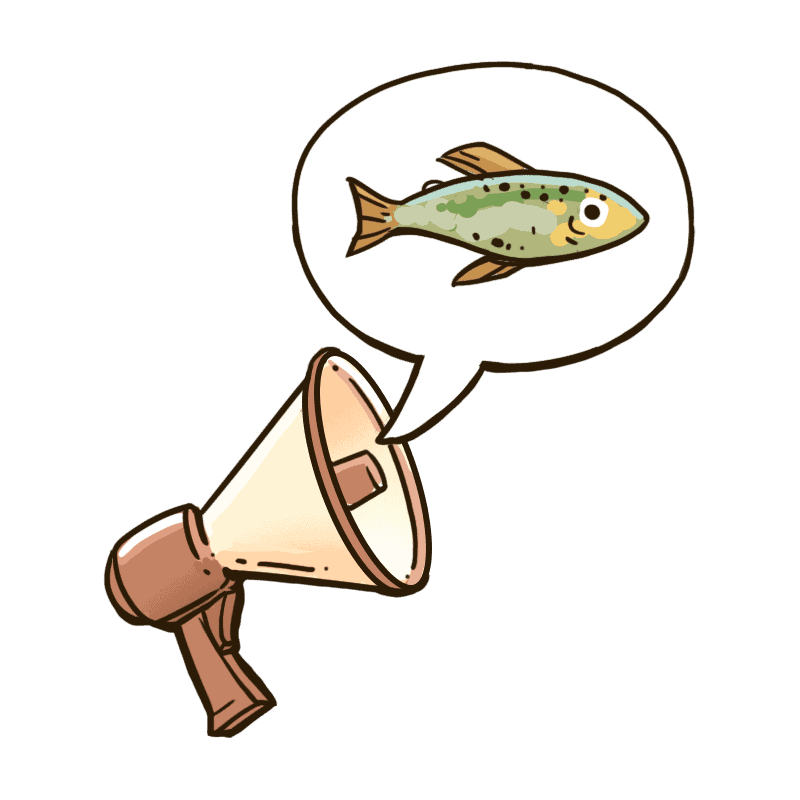
Follow CIPEL news
and discover the latest lake analysis results and news from our Commission






